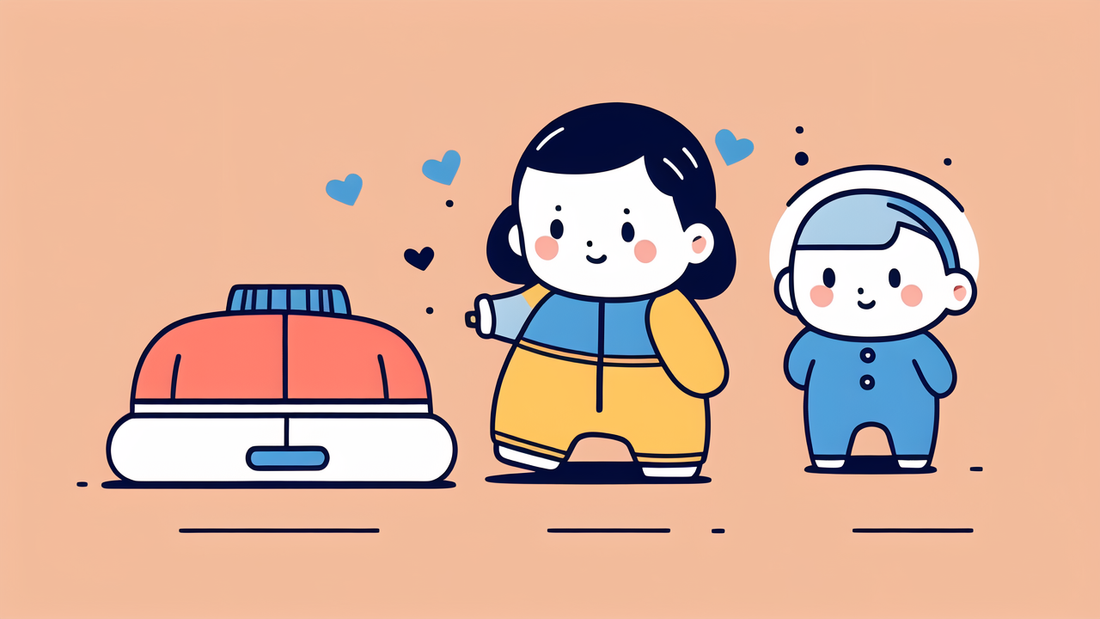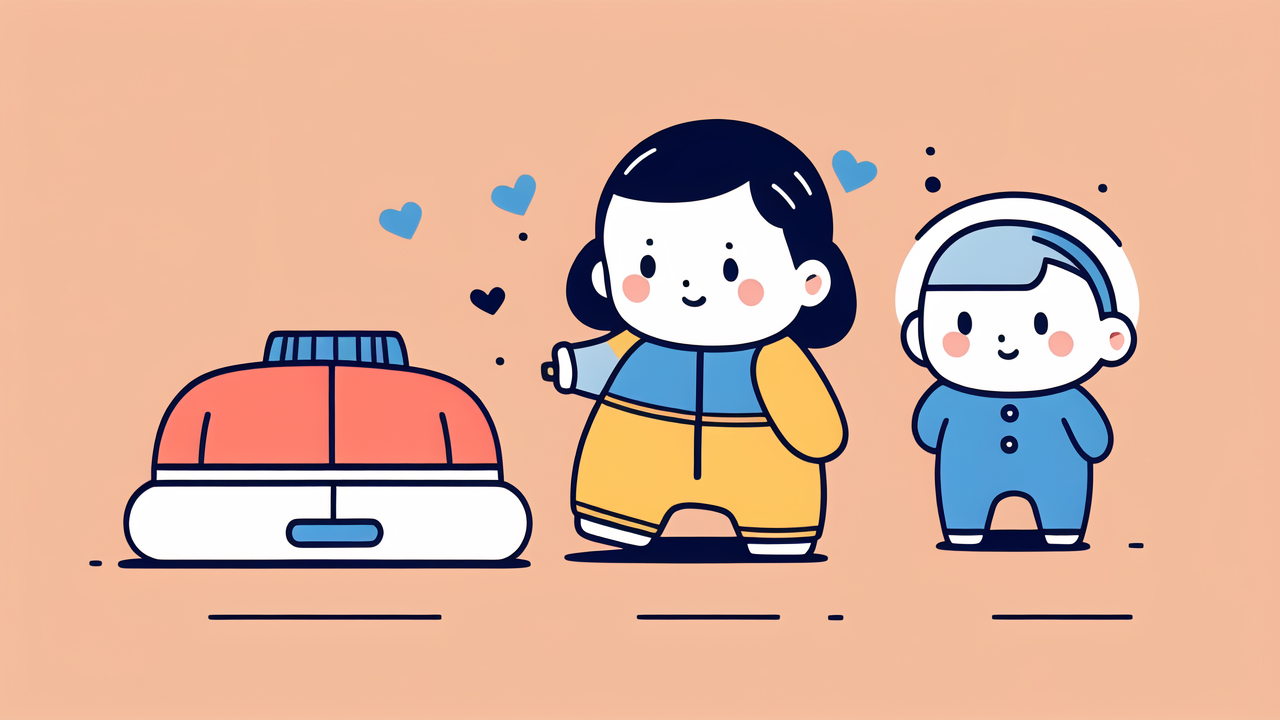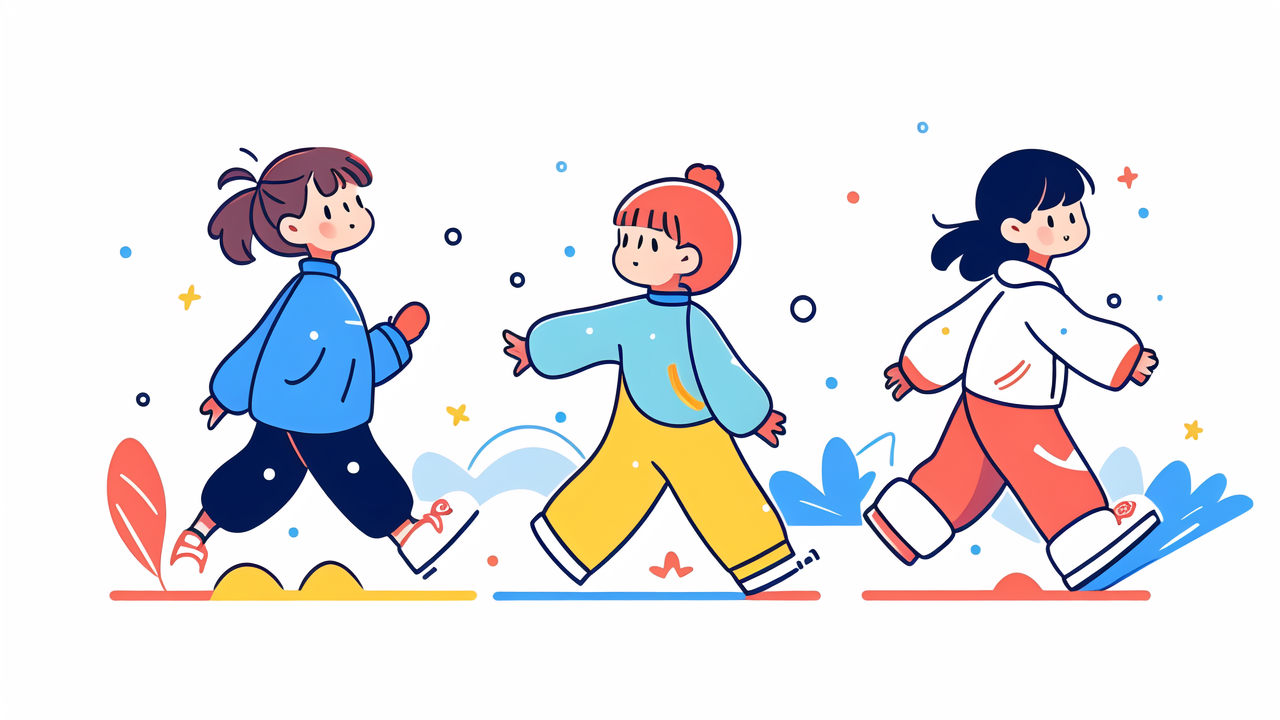
Kids Onesies: Versatile Clothing Options for Every Season
The Best Features to Look for in Kids Onesies
Understanding Seasonal Variations
Kids onesies come in various styles to suit different seasons. For summer, look for lightweight, breathable fabrics like cotton or bamboo. These keep kids cool and comfy in hot weather. Winter onesies often use fleece or thermal materials for warmth. They may have long sleeves and legs for extra coverage. Spring and fall call for versatile options. Look for layerable onesies that can adapt to changing temperatures. Some features to consider are:

- Adjustable sleeves that can be rolled up or down
- Zip-off legs to convert from full-body to shorts
- Breathable panels for ventilation
- Hoods for extra warmth when needed
The Importance of Durability and Comfort
When choosing kids onesies, durability is key. Children are active and their clothes need to withstand rough play. Look for reinforced knees and seats to prevent wear and tear. Strong seams and quality zippers ensure the onesie lasts longer. Comfort is equally important. Soft, stretchy fabrics allow for easy movement. Flat seams prevent chafing and irritation. Some comfort features to look for include:
- Tagless designs to avoid skin irritation
- Elastic waistbands for a snug but not tight fit
- Snap or zipper closures for easy diaper changes
- Ribbed cuffs to keep sleeves and legs in place
Safety and Design: What Parents Should Know
Safety should be a top priority when selecting kids onesies. Look for flame-resistant materials, especially for sleepwear. Avoid loose strings or small decorations that could pose a choking hazard. Consider designs with non-slip soles for toddlers learning to walk. Some safety features to keep in mind are:
- Snug-fitting designs to reduce fire risk
- Chemical-free, hypoallergenic fabrics for sensitive skin
- Reflective elements for visibility in low light
- Easy-to-use closures that kids can manage independently
How to Choose the Right Onesie for Your Child
Considering Your Child's Individual Style
Every child has their own unique style and preferences. Involve your kid in choosing their onesie to ensure they'll want to wear it. Some children love bright colors and bold patterns. Others prefer simple, classic designs. Consider your child's favorite characters or themes. Many onesies feature popular cartoons or animals. Some style options to explore include:

- Themed onesies (e.g., superhero, princess, space explorer)
- Neutral colors for mix-and-match versatility
- Fun prints like polka dots, stripes, or camouflage
- Onesies that mimic "grown-up" clothes like suits or dresses
The Role of Fabric Types in Comfort and Performance
The fabric of a onesie greatly affects its comfort and performance. Cotton is a popular choice for its softness and breathability. It's ideal for everyday wear and sensitive skin. Polyester blends offer durability and quick-drying properties. They're great for active kids or travel. Bamboo fabric is eco-friendly and naturally antimicrobial. It's perfect for kids with allergies. Some fabric considerations include:
- Moisture-wicking materials for sweaty activities
- Thermal fabrics for cold weather protection
- UV-protective fabrics for outdoor play
- Stain-resistant treatments for easy care
Matching Onesies with Occasions and Activities
Different occasions and activities call for specific types of onesies. For bedtime, choose soft, loose-fitting onesies that won't restrict movement. For outdoor play, look for durable, easy-to-clean options. Special events might call for dressier onesies with cute designs. Consider these activity-based choices:
- Water-resistant onesies for beach or pool days
- Insulated onesies for snow play
- Lightweight, breathable onesies for sports
- Formal-looking onesies for family gatherings or photos
Top Picks: Kids Onesies for Different Seasons
Summer Onesies: Cooling Comfort for the Warmer Months
Summer calls for onesies that keep kids cool and protected from the sun. Look for light colors that reflect heat rather than absorb it. Loose fits allow for air circulation. Some great summer onesie features include:

- Short sleeves and legs for maximum ventilation
- Moisture-wicking fabrics to handle sweat
- UPF-rated materials for sun protection
- Quick-dry properties for water play
Popular summer onesie styles are rompers, playsuits, and lightweight jumpsuits. These allow for easy movement and keep kids comfortable in hot weather.
Winter Onesies: Warmth and Style for Colder Climates
Winter onesies focus on keeping children warm without sacrificing style. Look for insulated materials that trap heat close to the body. Fleece-lined onesies are cozy and soft against the skin. Some key features for winter onesies are:
- Full-length sleeves and legs for complete coverage
- High collars or hoods to protect the neck and head
- Water-resistant outer layers for snow play
- Elastic cuffs to keep out cold air
Footed onesies are popular in winter, keeping little toes warm. Some designs include removable feet for added versatility.
Fall and Spring Onesies: Transitional Pieces for Unpredictable Weather
Fall and spring weather can be unpredictable. Onesies for these seasons should be adaptable to temperature changes. Layering is key. Look for onesies that can be worn alone or with additional clothing. Some features to consider for transitional onesies include:
- Three-quarter length sleeves that can be pushed up or down
- Zip-off legs to convert from full-length to capri style
- Light insulation that doesn't overheat
- Breathable fabrics that regulate body temperature
Versatile colors and patterns work well for these seasons. They can be paired with different accessories as the weather changes.
